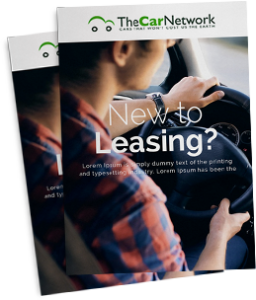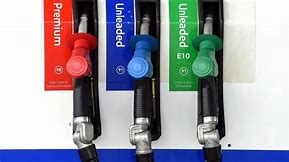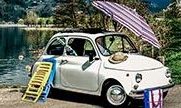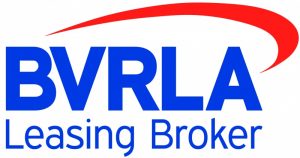Hottest February Day on record yesterday – but the sharp frost again last night reminds us that it is still winter, so here is a summary of some of the important things to help to keep you safe behind the wheel if bad conditions return and you have to make that journey.
• Keep your vehicle in good condition checking lights, brakes, battery, fluids levels, anti-freeze, wiper blades, tyres – depth & pressure, including the spare.
• Make sure you have enough fuel for the journey.
• Carry an emergency kit with you including things such as:
o a tow rope
o a shovel
o wellington boots
o hazard warning triangle
o “Car Lady” scraper, de-icer
o first aid kit ( in good order)
o working torch
o car blanket
o warm clothes
o emergency rations (including a hot drink in a flask – non-alcoholic of course!)
o a fully charged mobile phone.
• Prepare for your journey & listen to local/national weather reports. Conditions can change rapidly, check them regularly and be prepared to change your plans if conditions on your route worsen – or postpone your trip altogether, especially if the emergency services are recommending that people don’t travel.
• Prepare yourself for the conditions and adapt if driving in snow & ice. Most of us have very little experience of driving in extreme conditions, such as snow so consider how it affects your driving – don’t just drive as usual.
• If you find yourself driving in SNOW OR ICE adapt to the conditions.o Reduce your speed – there is a greater risk of skidding and stopping distances will increase massively.
o Avoid harsh braking and acceleration or sharp steering. Reduce speed smoothly and in plenty of time on slippery surfaces, especially on bends which can be very dangerous as the centrifugal force will continue to pull you outwards and with the wheels not gripping well it could cause your vehicle to spin.
o Slow down, use the brakes slowly & gently.
o Use low gears and increase the distance between you & the vehicle in front. You may need TEN TIMES the usual stopping distance.
o In snow stop frequently to clean the windows, wheel arches, lights & number plates.
o Visibility may be reduced so use dipped headlights
o During winter road surfaces are often wet and/or covered in frost and ice or snow. This does not occur uniformly. A road will often have isolated patches of frost or ice after most of the road has thawed – look out for this especially under bridges.
o Let someone know where you are going and when you hope to arrive.
o IF YOU GET STUCK IN SNOW move your vehicle backwards & forwards out of the rut using the highest gear possible as revving your engine to try & power out of the rut will just make it worse. If this fails you may need to ask a fellow motorist to give you a push – or get your shovel out.
o IF YOU GET STUCK IN A SNOW DRIFT – Don’t leave your vehicle, call the emergency services and let help come to you. DON’T run the engine to keep warm
• Driving in RAIN reduces visibility and greatly increases stopping distances (allow double the normal braking distance.)
o Use windscreen wipers, washers and dipped headlights and drive smoothly allowing plenty of time for your manoeuvres.
o Aquaplaning is caused by driving too fast into surface water. When the tyre tread cannot channel away enough water the tyres lose contact with the road and your vehicle will float on a wedge of water. Aquaplaning can be avoided by reducing speed in wet conditions. Having the correct tyre pressure and tread depth will maximise your tyres ability to maintain road grip.
• FLOODED ROADS
o Avoid the deepest water which will usually be near the kerb.
o Don’t attempt to cross if the water seems too deep.
o If you are not sure of the depth of the water look for an alternative route.
o If you decide to risk it, drive slowly in first gear but keep the engine speed high by slipping the clutch to stop you from stalling.
o Be aware of bow waves from approaching vehicles and operate an informal “give way” with approaching vehicles.
o If you have to drive through DEEP PUDDLES or FLOODS test your brakes when you are through it.
• If possible avoid driving in FOG – one of the most dangerous driving conditions. If you MUST drive keep speeds down, allow plenty of time and check your vehicle before setting off. Keep headlights and fog lights on and stay well behind the car in front.
• STRONG WINDS, hold on tight, avoid bridges and if your vehicle is high sided – stay at home.
• The glare from a LOW SUN is a real hazard in the winter. Keep the windscreen clean, reduce speed and wear sunglasses while the sun is out.
For a really comprehensive Factsheet go to www.rospa.com






